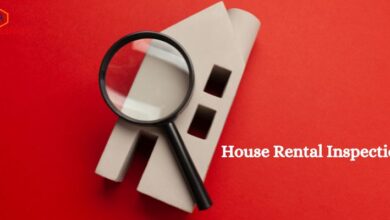Get Your Business Out of Debt and Improve Your Financial Health

There are so many financial challenges facing small businesses today.
For many owners, getting their businesses out of debt and onto solid financial footing can feel like an insurmountable obstacle.
Fortunately, it doesn’t have to be this way.
With a smart, well-informed approach, you can get your business out of debt and back on the right track towards long-term financial health.
Define the Goal
The first and most important step towards financial health is setting a goal.
Whether you’re dealing with a small amount of debt or a large amount, a goal will help you determine how best to proceed.
Once you know what kind of financial roadblocks you’re facing, create a budget that details where every penny is spent each month.
From there, you can start reducing expenses by prioritizing your spending.
Form an LLC
One of the most significant benefits of forming an LLC is the ability to take advantage of tax breaks. Specifically, if you form an LLC, the business is considered a “pass-through” entity for tax purposes.
This means that the business itself pays no income taxes, and the members (owners) are taxed on their shares of profits at the individual tax rate.
Please note that the law pertaining to LLCs are different in every state.
You will therefore want to confirm your state’s LLC laws before proceeding.
To achieve this more easily, speak with an LLC formation company.
They’re more affordable than hiring an attorney, and they take care of all the legwork for you, allowing you to focus on your long-term financial health.
Diversification
In order to diversify your business finances, you need to have a variety of investments.
You can choose to invest in a variety of different assets such as stocks, bonds, real estate, and more.
There are a couple of things to keep in mind when choosing your investments.
First, make sure each investment provides a good return. Second, make sure each investment provides a different type of return.
For example, you may want to invest in stocks that provide a rising income and stocks that provide a guaranteed dividend.
After you’ve chosen your investments, it’s a good idea to spread them out among several different investment accounts.
This will help provide a more stable source of funding that will help you grow your business over the long term.
Deductions and Taxes
It’s important to remember that every dollar that goes towards debt is a dollar less that can be spent on salaries, equipment, and other day-to-day operations.
When you have a large amount of debt, you must pay taxes on the interest and any income generated by the debt.
This can add significant costs to your operation and is particularly problematic if you don’t have the funds to pay them.
Debt consists of a complicated web of rules, and it’s easy to forget about taxes when you’re dealing with debt day-to-day.
Make sure you’re fully understanding all the costs associated with it so that you can plan accordingly.
Debt and Credit Management
Once your current financial position is better understood, you can begin to manage your debt and credit usage.
First, it’s important to understand the difference between assets and liabilities on your business’s balance sheet.
These items should match up, but if you have a large amount of debt, you may have a surplus of liabilities.
If necessary, arrange a consultation with a debt counseling service to discuss your desired objectives.
If you don’t already have an accountant, consider hiring one to help you get your finances in order.





